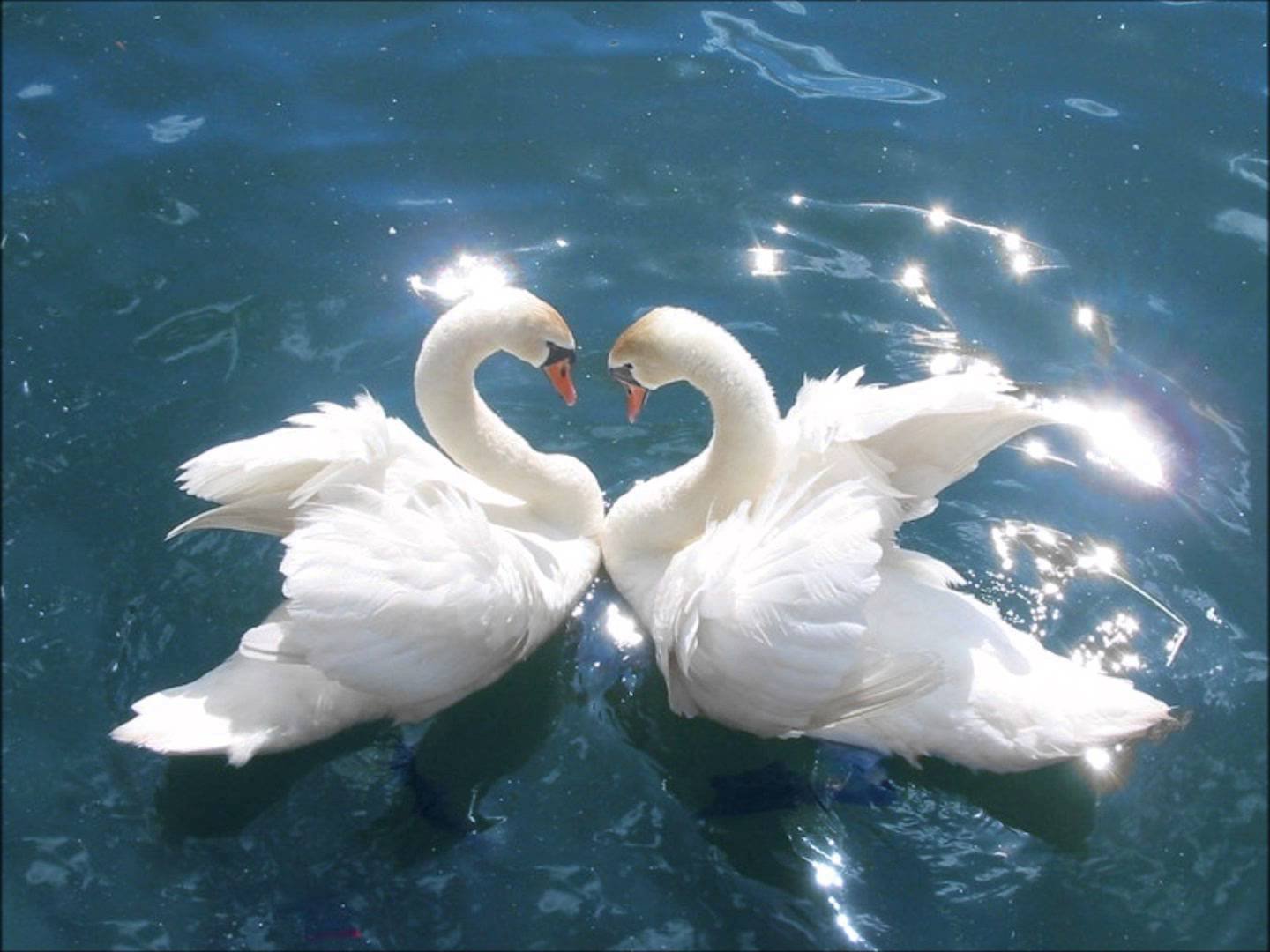Assuming you are not the Donald Trump of biology, all of us know what the human heart looks like. There is a (HUGE) difference between how we draw a ‘Valentine’ heart ( ) and how a human heart actually looks like. Yet we have gone ahead with making
) and how a human heart actually looks like. Yet we have gone ahead with making  a symbol of affection and love.
a symbol of affection and love.
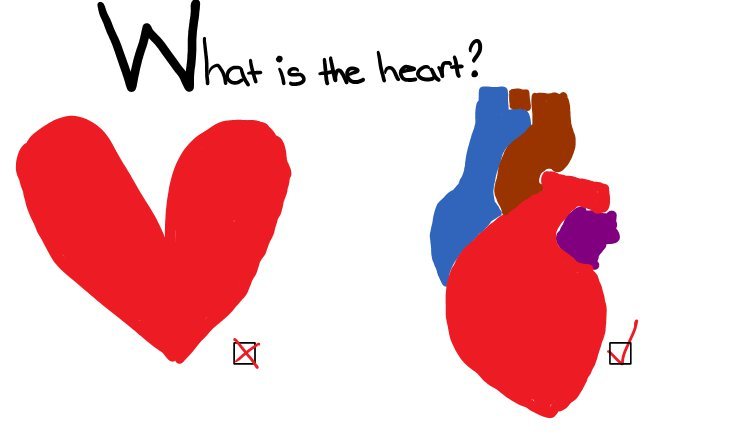
Nothing can explain how unreal this representation is till your biology teacher asks you to draw a human heart. The ultimate *headdesk* moment, isn’t it?
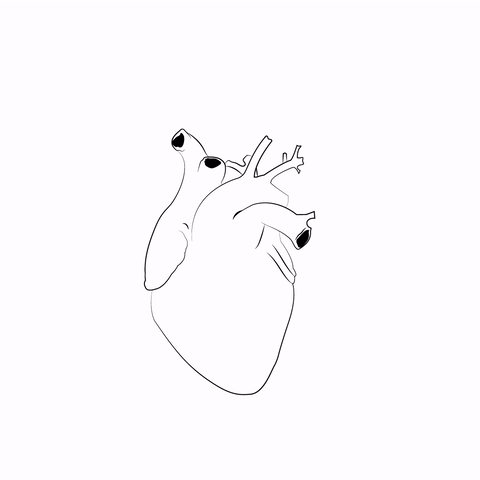
So, from that (above) to this (below) – HOW did everyone agree? It does not even look 20% similar to the real heart.
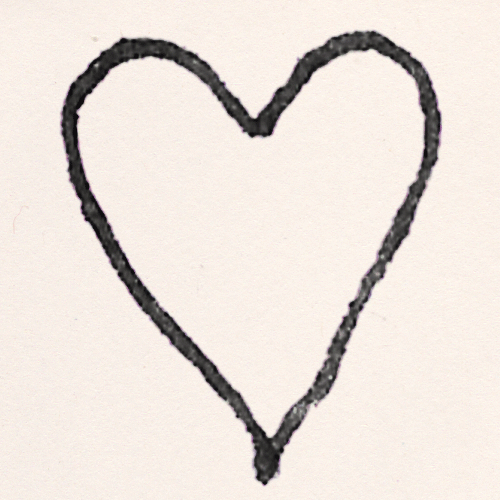
After doing a little bit of research, we have come across some pretty interesting hypotheses around it that have been doing the rounds.
1. A silphium seed pod, used as a form of birth control in the ancient days, looks like a valentine’s heart
A well-known herb back then, it was used as a seasoning and an abortive agent and looks like the symbol of a heart we draw. Even coins were minted in the city-state of Cyrene that depicted the plant’s seed pod.
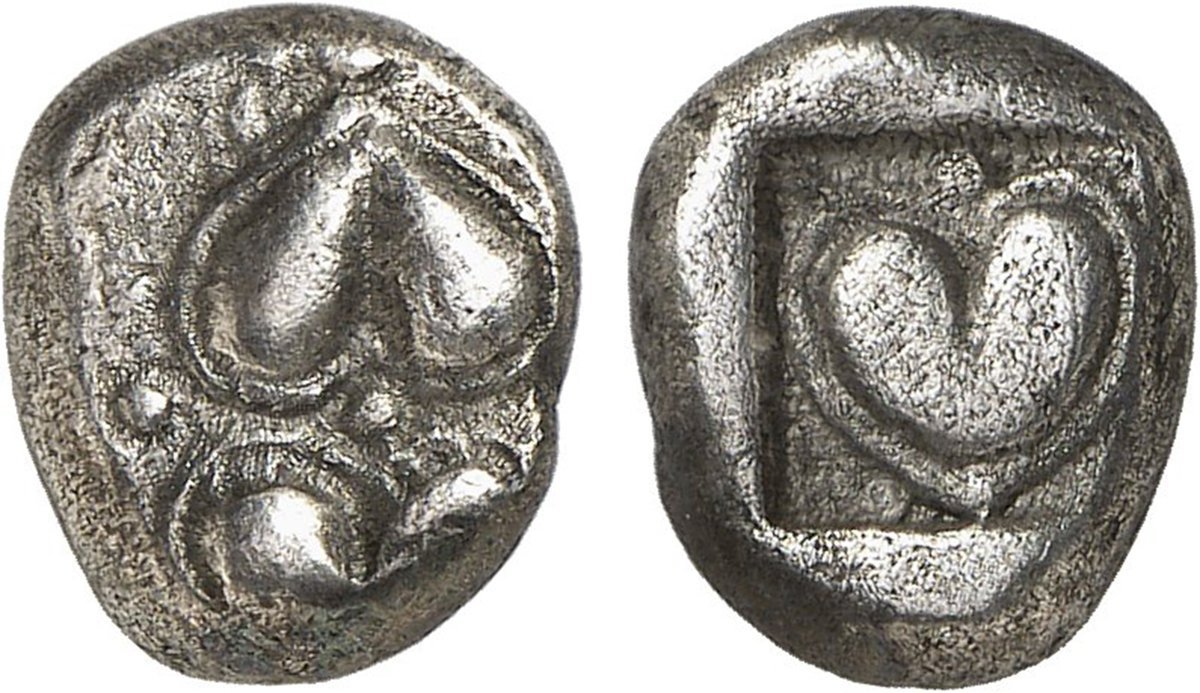
2. The shape is a crude representation of a pubic mound
Someone must have picked the idea of drawing a heart from down there. With the narrow V- part of a Valentine heart perfectly taking the perfect shape of the end part of a pubic mound and the fleshy part representing the lobes, it seems pretty probable.
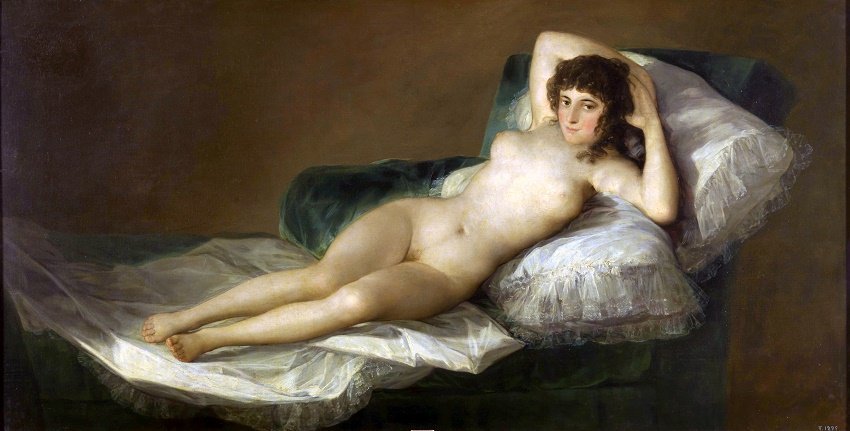
3. It looks like a pair of inverted buttocks
Invert this-  . The wide, rounded lobes look just like a butt narrowing down with a small waistline. Why it got inverted in the symbol of the heart is difficult to say. Just in case, you want to represent a person with a large
. The wide, rounded lobes look just like a butt narrowing down with a small waistline. Why it got inverted in the symbol of the heart is difficult to say. Just in case, you want to represent a person with a large butt heart the next time, you know.
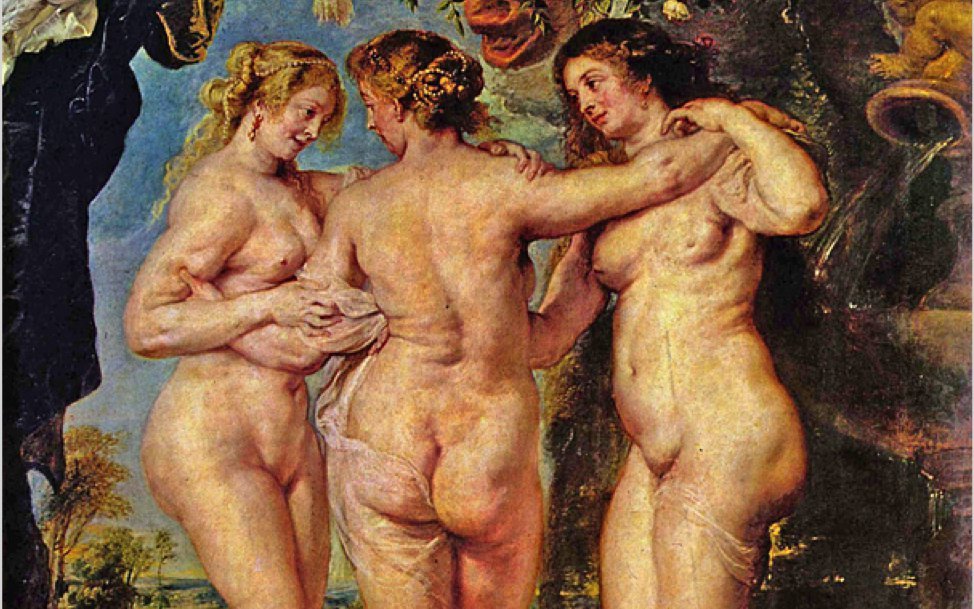
4. It looks like a pair of testicles
Without all the coarse hair, testicles are ovoidal in shape, looks broadly like a hanging inverted heart. In earlier times, livestock owners cut the livestock’s testicles and tapered it in the end, which resembled a Valentine’s heart. Sending someone a Valentine’s heart implied a desire for reproductive future and women sending it back reciprocated the same desire. Next time you draw a heart take it as a challenge to not remember this.
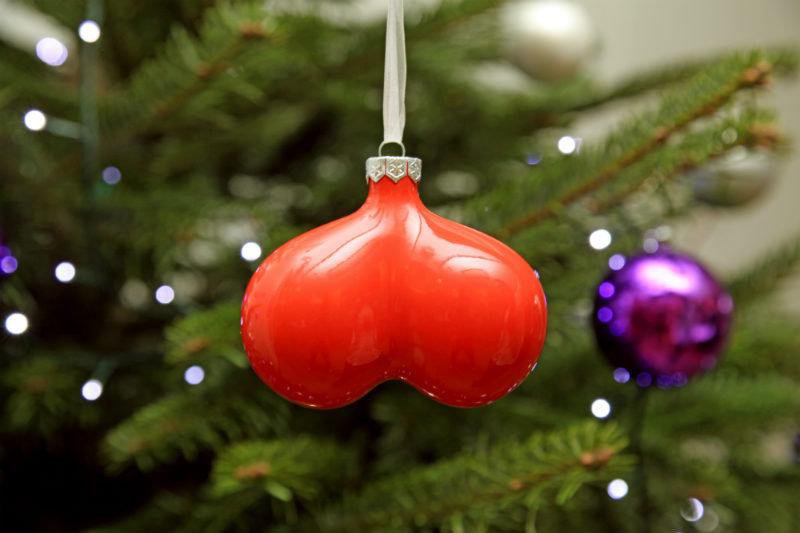
5. It looks a pair of woman’s breasts
The ideographic heart when inverted, is roughly triangular in shape with two round lobes occupying the base of the triangle – it is a fair supposition of a woman’s breasts pushed together probably by a corset which exaggerates the pair of breasts and narrows the waist.
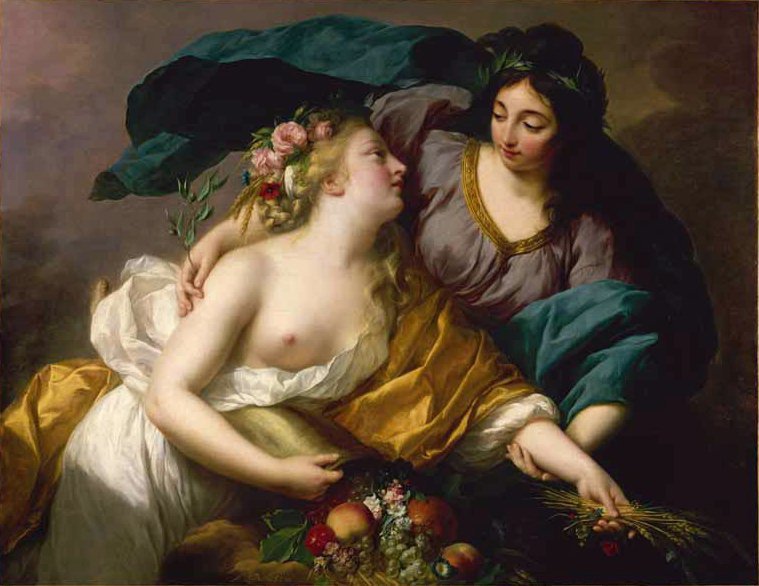
6. A woman’s vulva may have inspired its shape
The external female genitals when spread apart, forms a nearly perfect upside-down Valentine heart. Difficult to unsee  now. The female genitals were painted on the doors of brothels in Pompeii and the soldiers, who were sex-starved when at sea, tattooed the drawing, which simplified to a Valentine’s heart, on their bodies. On being questioned by their wives, they were usually referred to as a symbol for love.
now. The female genitals were painted on the doors of brothels in Pompeii and the soldiers, who were sex-starved when at sea, tattooed the drawing, which simplified to a Valentine’s heart, on their bodies. On being questioned by their wives, they were usually referred to as a symbol for love.
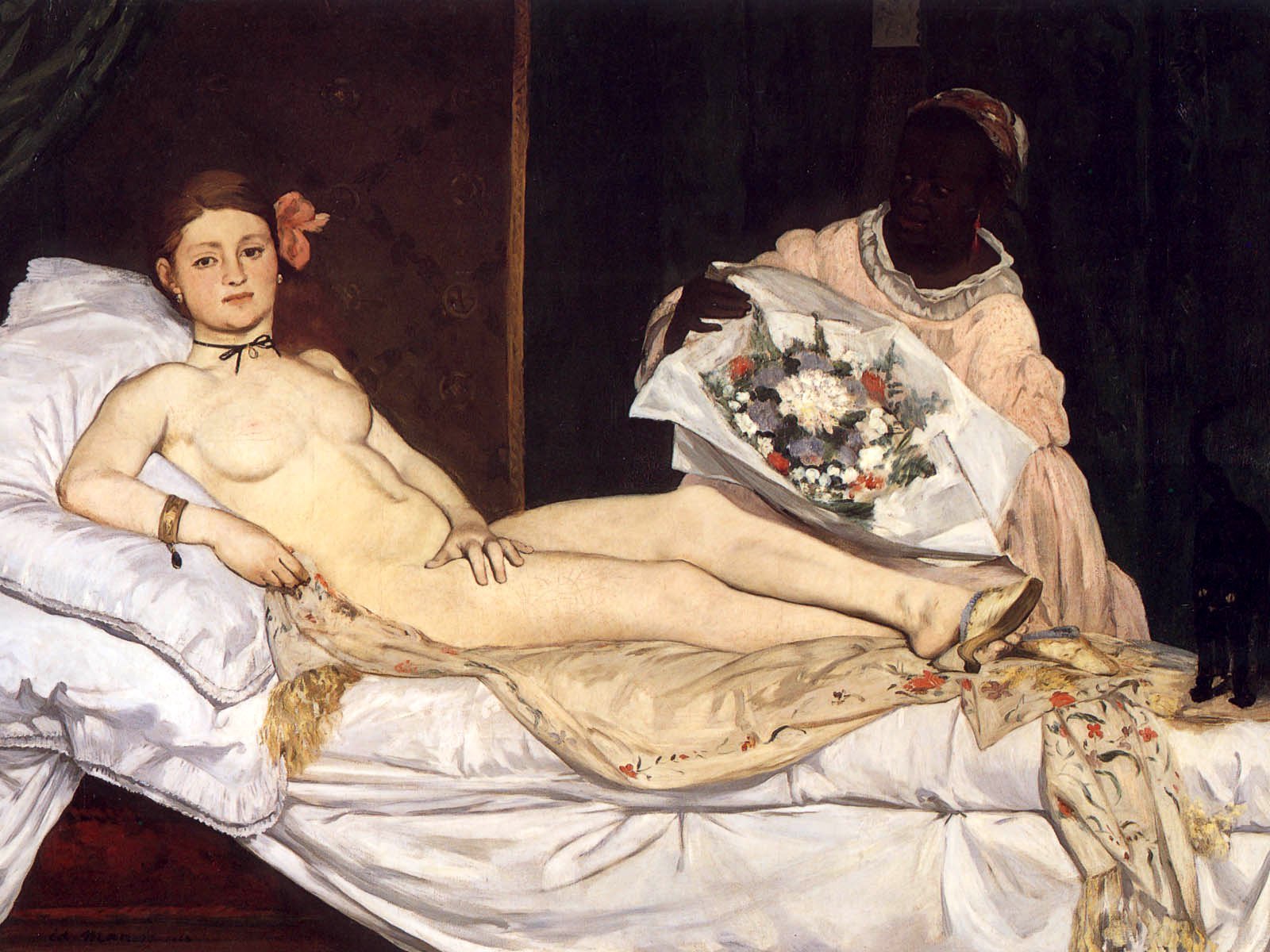
7. Two swans kissing form the shape of a heart
The upper body of two swans facing each other with their heads and bills touching perfectly mimics the shape of the ideographic heart. How swans came to be associated with this symbol is not clear – maybe because swans are monogamous and their down-turned neck make them appear humble, like women were expected to be, back then.
